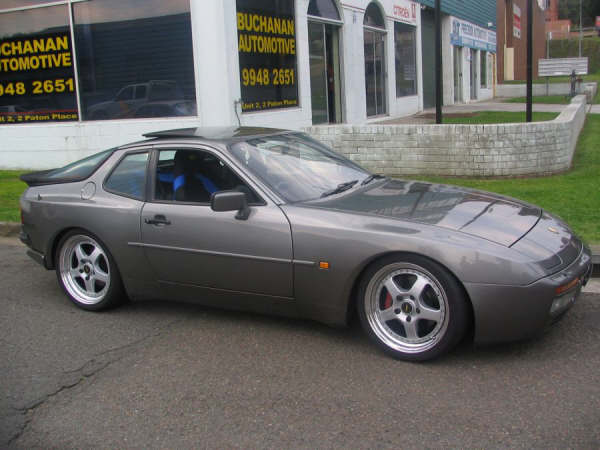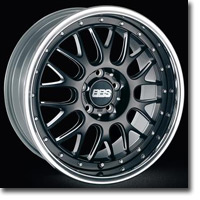ORIGINAL: zcacogp
ORIGINAL: Fen
Don't confuse grip with handling.
If you go too wide then you will get any or all of; tramlining, increased noise, bump steer, poor wet weather grip, sudden breakaway when the limit is reached, crashiness in suspension performance, reduced acceleration, loss of feedback etc. All of those are detrimental.
To add to Fen's excellent summary of why tyres can be too wide, Steve, no - wider does
NOT mean more grip in any condition. Tyres are designed to be run at a certain temperature; rubber properties are such that they grip best within a fairly narrow temperature range. Tyres heat up when they are used, and tyres should be chosen such that, for the anticipated driving, they will reach a temperature within this ideal range. (Before they are warmed up, they won't grip well as they will be too hard, which is why F1 tyres are heated with tyre heaters before a race, and F1 cars will do a couple of circuits before the race to ensure the tyres are well and truly warm - and they will weave all over the place while doing this to get as much heat into the tyres as possible. Racing teams will use a tool called a tyre pyrometer to measure the temperature of tyres to ensure that they are in the correct temperature range to drive on.)
Wider tyres need more power to heat them up, so if you fit too wide a set of tyres onto your car then you will never be able to heat them up to their ideal operating range, and hence they will grip less than correctly-sized (narrower) tyres. However, if you increase the power of your car, you may find that you are over-powering the width of tyre fitted, and hence need wider ones. That is why more powerful cars have wider tyres.
Don't be fooled by 'stylists' who would have you fit as wider tyres as possible. 'Posers' may think that bigger is better. 'Drivers' will find the optimum arrangement, and not be bothered by the looks.
Oli.



![. [FONT=verdana,geneva"] [FONT=verdana,geneva"]](/forum/styles/default/pcgb/space.gif)









